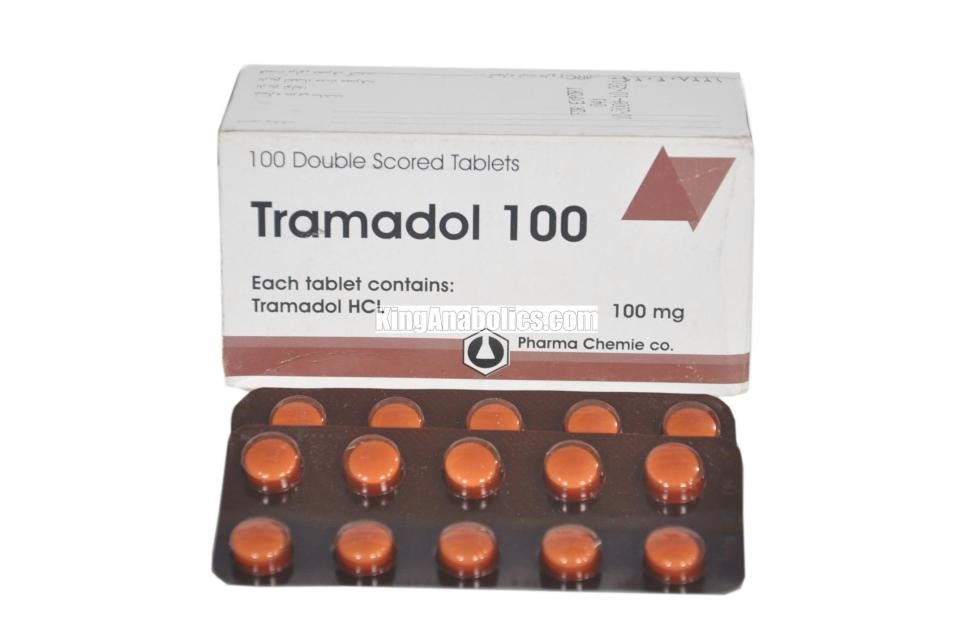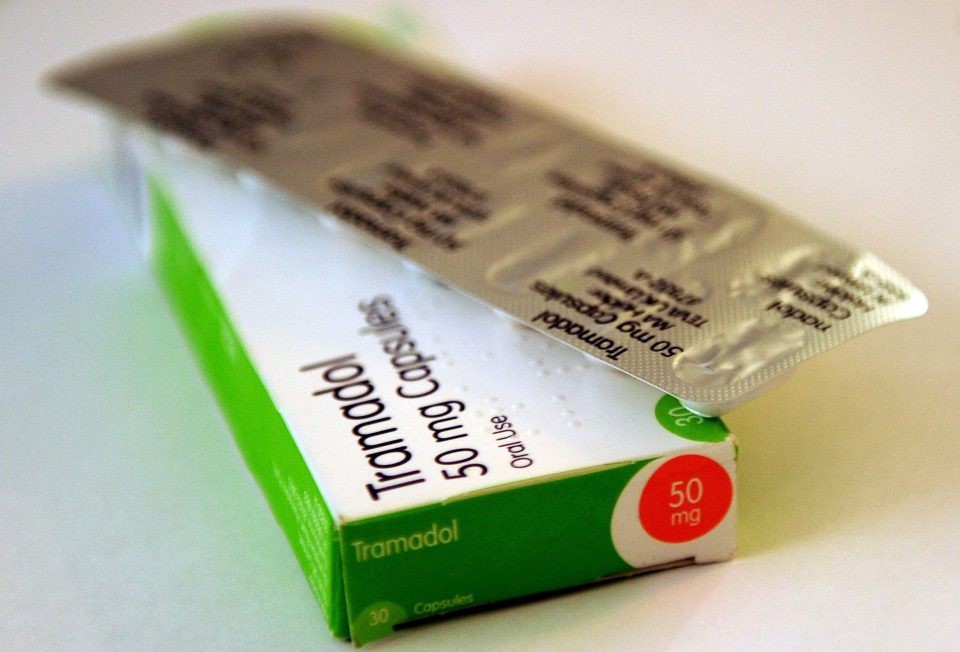By Edward J. Khantzian 10/29/15
“I don’t use the heroin to get high; I use it to feel normal.”
We still don’t get it right when it comes to understanding addiction. The most recent example of our failure to appreciate what makes addictive behavior so compelling is the burgeoning widespread addiction to the synthetic opiate oxycodone—with all of its tragic consequences. We keep reacting as if the problem is the potency of the drug itself that leads to the escalation of use and, unfortunately, sometimes progression to the more deadly intravenous use of heroin. The examples that are most frequently encountered are the instances where oxycodone was initially prescribed for some medical or surgical problem, but then the person becomes “hooked.” As the psychoanalyst Sandor Rado instructed at the turn of the 20th century, it is not the drug but the urge to use it that causes addiction. Similarly, Norman Zinberg pointed out that it is the drug interacting with the person and their surroundings—i.e., drug, set, and setting—that leads to addiction. I offer another example that has recently caught my attention as yet another mischaracterization and misunderstanding of what addiction is about. This one has to do with recent clinician warnings that addicted individuals on the street and in correctional settings are seeking out Seroquel, a powerful antipsychotic drug, to “get high.” This is just one more pejorative and stigmatizing misinterpretation of addiction. Addiction Treatment pioneer Edward Khantzian has had a bird’s eye view of every substance use trend and drug epidemic over the past half-century. His Self-Medication Hypothesis, which encourages the view of addiction as an attempt, however unsuccessful or self-defeating, to relieve the user’s internal psychological distress, has demonstrated both empirical and intuitive validity over time. In his second piece for Professional Voices, Dr. Khantzian looks at the Q Ball phenomenon, in which people seek out and “misuse” the powerful antipsychotic Seroquel…Richard Juman
The generic name for Seroquel is quetiapine, thus the use of the street term “Q Ball.” While the street name of the drug draws a parallel to street use of “speedball” injections—an intravenous admixture of opiate and cocaine—the presumed intentions behind the misuse of the two drugs couldn’t be more different. You don’t get “high” on Seroquel—you get tranquilized, you get relief from something so disturbing that it makes you go to great lengths to shut it off.
As my colleagues and I have written in the past, I believe that substance addiction “functions as a compensatory means to modulate distressful affects and self-soothe from unmanageable psychological states” and that substance misusers are unsuccessful in managing negative emotional states on their own, without the use of substances. Instead, “substance abusers use drug actions, both physiological and psychological effects, to regulate distressful emotions and achieve an emotional stability.” I view substance addiction and misuse as an interplay between the properties of the drug of choice and the “inner states of psychological suffering and personality organization” of the user.
For example, opiates (e.g., heroin, codeine, and oxycodone), which are used medically for pain management, may similarly be used by persons who have difficulty managing their rage and aggression, which I posit are “often linked back to earlier traumatic exposure to violence and aggression.” In this manner, “opiate abuse functions as a temporarily adaptive response that mutes and attenuates the rage and aggression.”
As another example, the drug effects of cocaine use may include elevated mood, improved confidence and an enhancement of feelings of self-esteem. There is evidence to suggest that “low-energy individuals use cocaine because they do not possess an adequate degree of psychological capacity to relieve themselves from the feelings of boredom, emptiness, and fatigue state, whereas high-energy individuals use cocaine because of their magnified need for elated sensations. Cocaine users’ need to regulate inner emptiness, boredom, and depressive states or to maintain restlessness draw them to the powerful, energizing effects of cocaine.”
Finally, alcohol misusers frequently present with “rigidly overcontained, constricted emotions. To avoid distressful affects, emotions are isolated and “cut off” from abusers’ awareness through the use of rigid defenses, leaving the feelings of emptiness and isolation.” Alcohol, a depressant with sedating and relaxing qualities, softens these rigid defenses and provides relief from these constricted emotions.
So I argue that simplified explanations for the seductiveness of drugs are insufficient explanations for the development of addiction, whether it is alcohol, cocaine, marijuana, oxycodone or Seroquel. The use, misuse and sometimes dependence on these substances are driven by a meaningful and purposeful connection between the inner state of the individual and the effects of the person’s drug of choice. As psychoanalyst Debra Rothschild has pointed out, in addiction theory and practice “the object of study should be the individual rather than the substance.” Here, in what follows I offer a perspective on some of the psychodynamic determinants that make addiction so compelling.
With respect to Seroquel, it could be argued that since it is sedating, individuals are drawn to it to help them sleep. More often, what is not sufficiently appreciated in these cases is why individuals seek these drugs out so persistently. Indeed, if it is for sleep, we do not often enough ask what keeps people from sleep. And in the case of inmates who seek it out for reasons beyond sleep, what could its appeal be? Is it possible that Seroquel does for them what is does for the more seriously mentally ill?
The term “sedative” does not do justice to the effects of medications like Seroquel. Medications in this category are powerful agents to quell states of agitation, intense fear and uncontrollable rage and violent feelings. Recent reports, for example, indicate that quetiapine is effective in treating patients who suffer with borderline personality, a condition in which the aforementioned intense painful emotions predominate. Opiate pain medications have similar actions. As a returning combat veteran suffering with all the violent feelings of rage and anger associated with his PTSD put it, “I don’t use the heroin to get high; I use it to feel normal.” These feeling states can keep us awake and tossing, or can cause a person such discomfort as to want to “zone out.” Pharmaceuticals such as Seroquel are powerful calming agents, which in good part explains their appeal. Yet unlike addictive drugs, Seroquel does not cause tolerance (the need to use more to get the same effect) or dramatic withdrawal symptoms when the drug is discontinued.
Despite the fact that individuals who experience extreme physical trauma (e.g., painful burn conditions), and are treated with opiate pain killers, in the largest majority of instances do not become addicted. What more likely happens is a vulnerable person discovers that such drugs counter more than the feelings of physical pain. Rather, the drugs grab ahold of susceptible individuals because knowingly or unknowingly they suffer with co-existing psychiatric conditions and painful psychological feelings and states. A recovering alcoholic physician, a reserved and reticent man, described himself as a “born-again” isolationist, and in exquisite and colorful language, described in group therapy the preparation of a gin martini—the scent of the bitters, the crackling of the ice, etc. Then he exuberantly exclaimed, “I could feel free, be one of the guys, I could join the human race!”
Addictive drugs, as powerfully compelling as they can be, are not universally appealing. Whether in non-medical experimentation or legitimate medical use, most individuals exposed to these drugs do not become addicted. We still tend to explain the appeal of addictive drugs on the basis of reward and pleasure (“the high”) that can be obtained from these drugs. Such explanations derive from old and new theories about addiction. Freud and his early followers emphasized pleasure drives (and to some extent destructive drives), and modern neuroscientists, examining where the drugs act in the brain explain that addictive drugs “hijack” the pleasure and reward centers of the brain.
Then if it is not pleasure or physical pain that causes addiction, why are some of us more vulnerable than others to addiction? My colleagues and I at Cambridge Hospital have collectively spent more than six decades trying to explore, understand, and explain the powerfully compelling nature of addiction. Beyond biological addictive mechanisms of tolerance and withdrawal, and genetic predispositions, we have had enough extensive clinical evidence backed by empirical studies to conclude that addictive disorders are related to the powerful effects addictive drugs have on a range of painful feeling states, thus giving them their appeal. For example, there is data indicating that there is a far disproportionately high co-occurrence of addictive disorders in conditions such as post-traumatic stress disorder, bipolar disorder, attention deficit disorder, and schizophrenia, conditions which have unimaginable emotional pain associated with them, which we understand makes such people self-medicate. And one need not suffer with a painful psychiatric condition, however, to find addictive drugs appealing. Those who endure excessive painful or intolerable emotions are also more likely to find inordinate relief and comfort in addictive drugs. If there is “reward” associated with addictions, it is less the reward of pleasure, but more the reward of relief from intense psychological suffering.
Dr. Khantzian is Professor of Psychiatry, part time, Harvard Medical School in Boston, and President and Chairman, Board of Directors, Physician Health Services of the Massachusetts Medical Society in Waltham, Mass. He is in private practice and specializes in addiction psychiatry.
https://www.thefix.com/why-some-people-more-vulnerable-addiction





